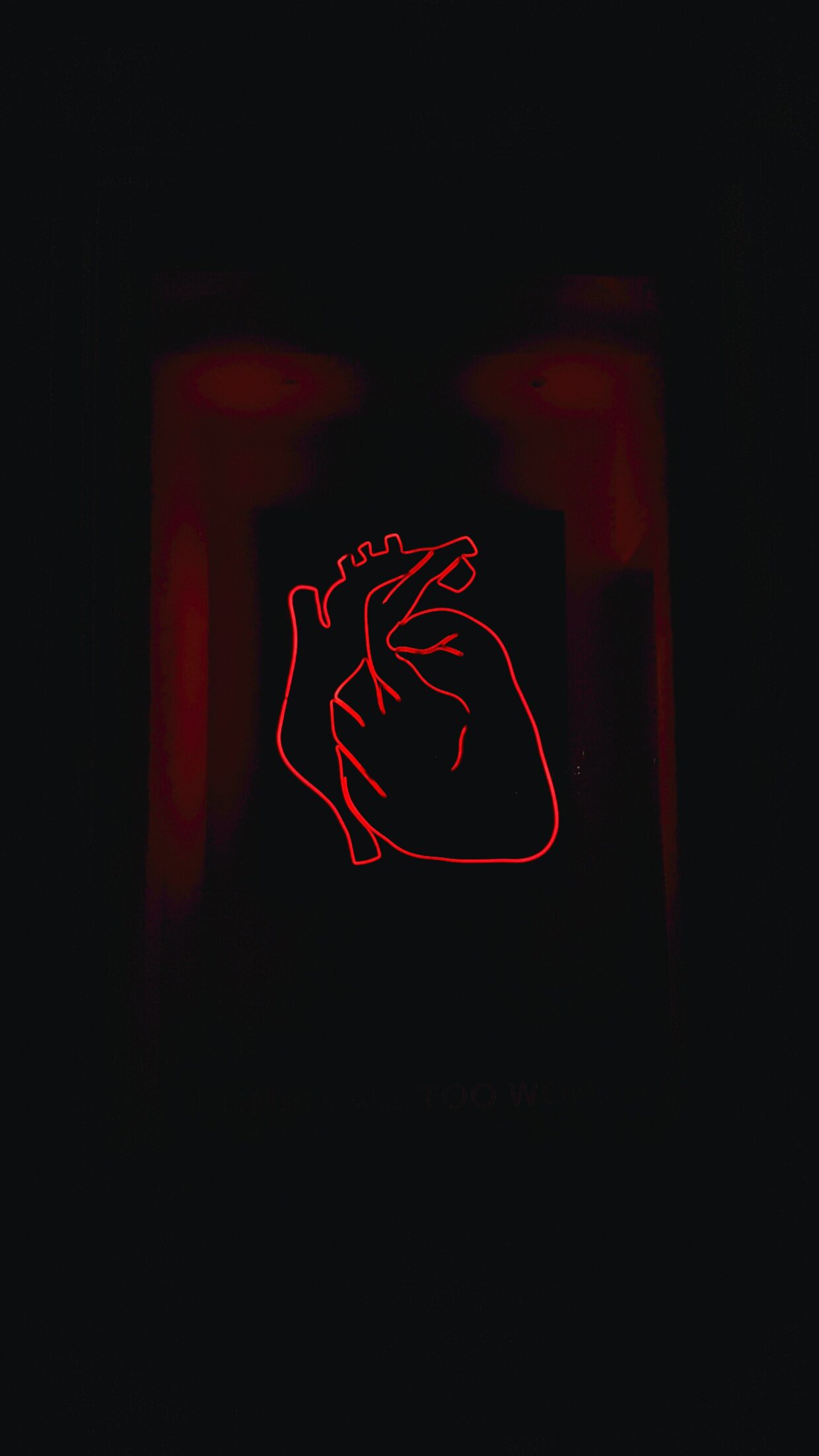Research by Paulins and Hillery (2020) discovered that controversial advertising concern deeper ethical issues, focusing on the visual communications to portray the message rather than the advertisement itself. Controversial ideologies of race, gender and religion were still apparent in the 1990s, although director and campaign photographer Oliviero Toscani of Benetton demonstrated an effort to cut through the clutter of advertising to draw consumers in that shared the same socio-cultural views (Ellinwood, 2018; Pope, Voges and Brown, 2004). Toscani’s revolutionary approach toward fashion advertising was created to shock consumers by the reality rather than the image itself, by raising awareness of AIDS, racial and gender inequality Benetton’s brand recognition grew without the use of models or products in the advertisements (Cope and Maloney, 2016; Ellinwood, 2018). In a free-market advertisers should successfully communicate to the consumer without offending, a proposed response model by Waller (2006) emphasises the Rossiter and Percy (1997) buyer response steps where a negative or a positive reaction can happen as a result of the exposure, processing, communication effects and action stages.

Benetton’s final advertisement in the campaign featured death row inmates, this sparked public rejection and criticism showing that the processing stage is crucial to the success of the ad, the negative reaction led to lawsuits and subsequently the parting of Benetton and Toscani. Despite the separation, the legacy of controversy in advertising has prevailed, causing bad press, negative implications but above all still creating awareness of the brand.

Reference List
Cope, J. and Maloney, D., 2016. Fashion promotion in practice(Vol. 60). Bloomsbury Publishing.
Ellinwood, J., Rabolt, N & Miler, J. (2018) Benetton’s Corporate Image. London. Bloomsbury Publishing. (Accessed: May 18 2022).
Paulins, V.A. , & Hillery, J.L. (2020). Advertising and Promotion. In Ethics in the Fashion Industry (pp. 144–163). New York: Fairchild Books. (Accessed: May 18 2022).
Percy, L. and Rossiter, J.R., 1997. A theory-based approach to pretesting advertising. Measuring advertising effectiveness, pp.267-281. (Accessed: May 18 2022). Pope, N.K.L., Voges, K.E. and Brown, M.R., 2004. The effect of provocation in the form of mild erotica on attitude to the ad and corporate image: Differences between cause-related and product-based advertising. Journal of advertising, 33(1), pp.69-82. (Accessed: May 18 2022). Waller, D.S., 2006. A proposed response model for controversial advertising. Journal of promotion management, 11(2-3), pp.3-15. (Accessed: May 18 2022).

https://undress.vip/ January 17, 2024
Im thankful for the post.Thanks Again. Awesome.